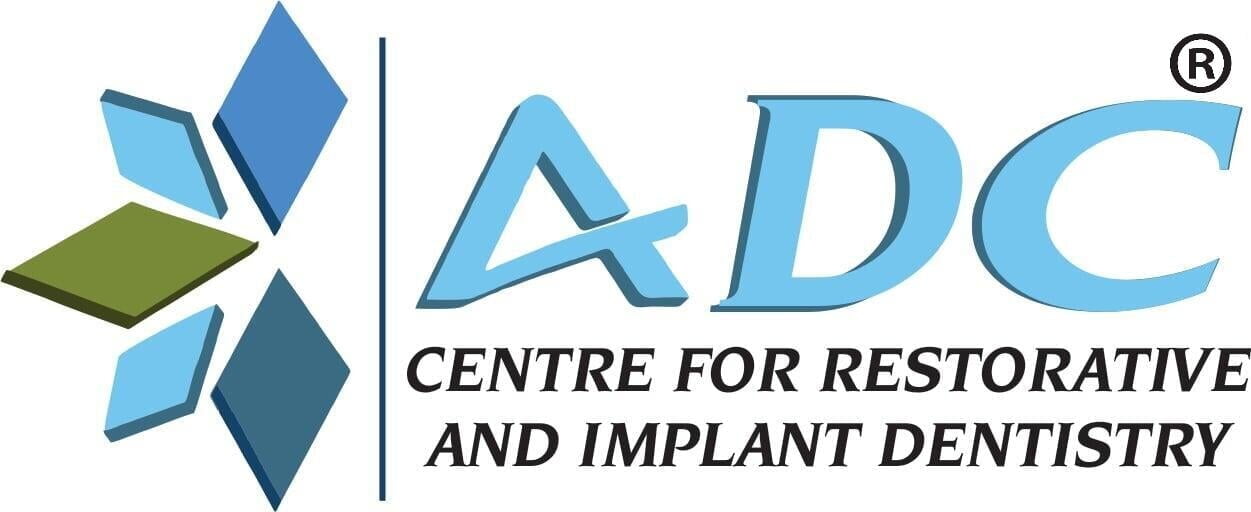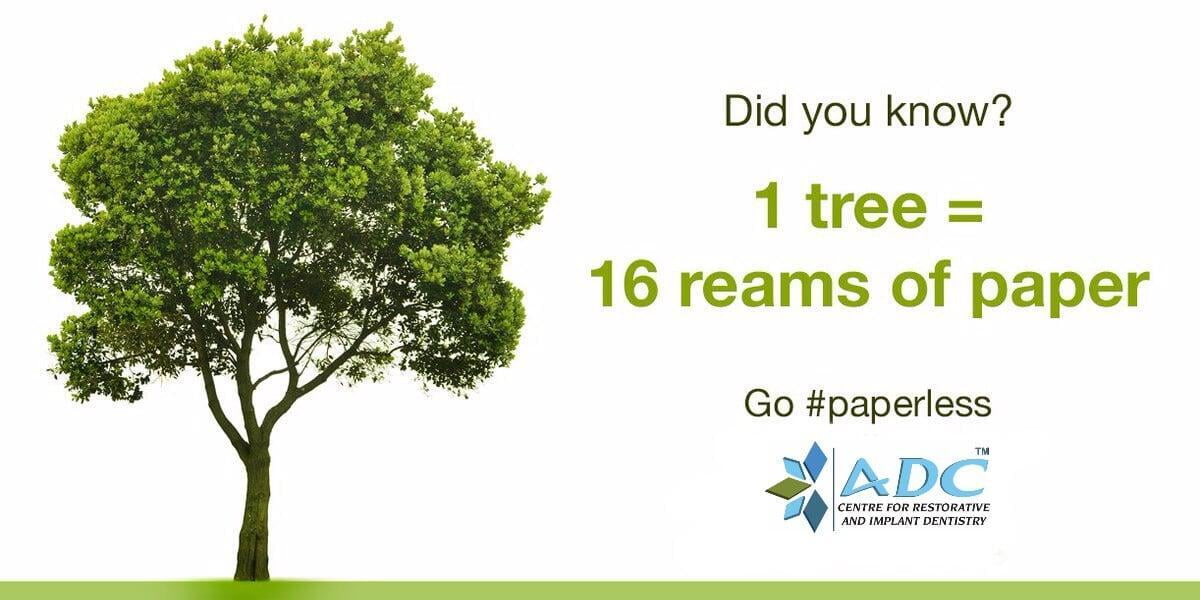
Your dentist just placed the healing abutment, a titanium cylinder which is height and diameter specific to suit the your specific requirements for teeth. A healing abutment, often referred to as a "gingival former" or "healing cap," is inserted into an implant to aid in the gum / soft-tissue healing and tissue regeneration process around the implant. The healing process for gums around healing abutments typically takes 4 days to 2 weeks. The healing cap shields the implant's primary portion from plaque and debris buildup. It is positioned over the implant to help shape a wider sized gum line as to accommodate the crown (artificial teeth or cap).
Immediately after Stage II of Dental Implant Treatment
Apply Pressure: It is normal to experience some postoperative bleeding and this can be stopped once you apply mild pressure to the gauze/ cotton placed in your healing abutments site. You should keep the sterile gauze on the healing healing abutments site with some pressure- by closing the Jaw hard until the bleeding from the healing abutments site stops. This will help in preventing the bleeding, especially during the first 24 hours of your post-surgery. Avoid rinsing the mouth for 24 hours after extraction as it may disturb the clot.
Use Cold Compress: Applying a cold compress using an ice pack can be used for at least half an hour to forty five minutes immediately post-healing abutments placement. This helps restrict the blood flow and reduces inflammation and swelling. Eating an ice-cream after the procedure acts as a cold compress for your swelling. When you eat ice-cream, the blood vessels around the Extraction site narrow down. The constriction of the blood vessels prevents them from carrying a lot of fluid to the surrounding tissues.
Avoid Spitting: You should not spit for the rest of the day and also avoid spitting for next 24 hours.
Avoid touching the Extraction area with tongue or fingers: Avoid touching the healing abutments with your tongue or fingers to minimize the irritation and chance of infection. Disturbing the area will cause early wound breakdown and exposure of the underlying implant.
Avoid Hard and Sticky Food Items: You should avoid taking hard and sticky food items for next few days.
Smoking after having healing abutments can adversely affect your chances of a successful healing. Nicotine reduces oxygen flow to your bones and tissue which results in longer healing time and increased chance of infection. Smoking is also a factor to cause severe gums and periodontal diseases. Hence, it is recommended to quit or avoid smoking during your recovery period.
Stage-II Dental Implant Homecare Guidelines
Be gentle and avoid spiting or rinsing forcefully. You have to be very gentle in and around the area of healing abutments. Avoid brushing the healing abutments site for the first 2-3 days, but then begin to carefully clean this area with a toothbrush as well, once it starts healing. You may gently wipe the healing abutment 2-3 times per day using some cotton dipped in the antimicrobial mouthwash. Rinse your toothbrush under hot water to soften the bristles and avoid vigorous extensive rinsing. Rinse the mouth keep the area clean following every meal so that food particles do not get stuck in the treated area.
- Toothbrush: Use a soft bristles toothbrush to remove food debris and plaque accumulation as they will prevent gum damage. Electric toothbrush with soft bristles can also be used as it works more effectively than manual toothbrushes due to greater number of strokes generated than the human hand.
- Water Flosser: A dental flosser/ water flosser is an oral health appliance that provides a stream of pulsating water to floss between your teeth and below the gum-line. They are design and attached with rubber-tip stimulators and other attachments to effectively clean difficult to access areas as deep as 6 mm . Most dentists recommend water flossers over dental floss due to their ease of use and effective cleaning.
- Sulcus Brush: It is a specialized brush for cleaning and removing food debris and plaque from the gums and below the gumline into the sulcus. It is one-third the size of a regular toothbrush and can be used in a gentle back & forth sweeping motion at the level where your tooth and gum meet. It makes dental implants and denture care more easier and effective.
Salt Water Rinses
You can start rinsing the next day (after 24 hours) gently with some Luke warm salty water 6 to 8 times a day. Sometimes facial muscles stiffness can cause problems in mouth opening. Luke warm saline rinses and heat compression can provide great relief. To make a salt water rinse, add 1 teaspoon of salt to a cup of warm water. Once the salt dissolves, you can gently swish the mixture in your mouth for about 30 seconds and then spit it out once you are done.This helps to decrease the amount of bacteria inside the mouth without causing irritation to the incision. Read benefits of Salt Water Rinses in Detail.
Diet after Healing Abutment Placement
Avoid hot and crunchy hard food for the first 24hrs. You can eat soft food diet as the local anaesthesia wears off. You can resume a regular diet if you feel you are up to it. Please stay well hydrated and nourished as this will help you heal faster. In the first 48 hrs post healing abutments, it is strictly recommended to have soft diet that minimizes the irritation and food lodgement around the healing abutments site. Rinse after eating to keep the area clean.
When to Contact Our Office:
- Call us if you experience un-even chewing or inability to close mouth properly following placement of the abutments
- Continuous bleeding around the healing abutments
- Sinus, jaw, or mouth pain that is not helped by taking prescription medication
- A temperature of 100.4°F (38°C);
- A Healing abutment that is unsteady
Join the movement #paperless
Going Paperless can help save the Earth from climate change and biodiversity loss. It is a big task, but we know we can do it together. Get Help in going Paperless.
Medical Disclaimer:
The content of ADC-Centre for Restorative and Implant Dentistry's Blog/website is for information only, not advice or guarantee of any outcome. Information is gathered and shared from reputable sources; however, ADC-Centre for Restorative and Implant Dentistry is not responsible for errors or omissions in reporting or explanation. No individuals, including those under our active care, should use the information, resources or tools contained within to self-diagnosis or self-treat any health-related condition. ADC-Centre for Restorative and Implant Dentistry gives no assurance or warranty regarding the accuracy, timeliness or applicability or the content.
ADC-Centre for Restorative and Implant Dentistry accepts no liability for errors, inaccuracies, omission, or misleading statements. ADC-Centre for Restorative and Implant Dentistry excludes liability for any losses, demands, claims or damages of any kind regarding information, content, or services at this blog/website. The information may be updated at any time, especially as medical/dental discoveries and research evolves regarding the dentistry and its conditions. At no time does ADC-Centre for Restorative and Implant Dentistry take any responsibility for any action taken or care chosen in reliance on information contained in this blog or this website.















